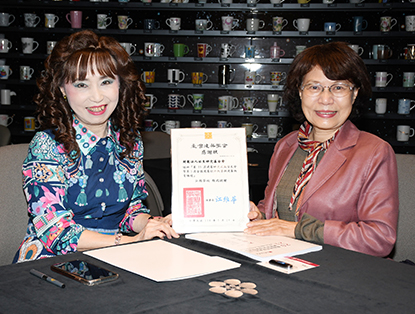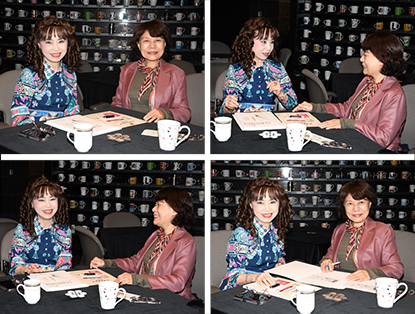Sponsorship of the Architectural Institute of TaiwanDate: 2022-01-08
Section: Sponsorships |  臺灣建築學會成立宗旨為促進學術交流、研究建築學術、提高建築水準。該學會每年主辦「建築研究成果發表會」,其為國內重要之建築學術性活動,歷年以來完成之研究專案甚為多元,涵蓋建築科技與材料、建築資訊、建築計劃、建築環境控制、建築發展規劃、建築管理與法規、建築技術與規範、建築經濟與生產、建築文化、建築教育、都市發展與環境等領域。 臺灣建築學會成立宗旨為促進學術交流、研究建築學術、提高建築水準。該學會每年主辦「建築研究成果發表會」,其為國內重要之建築學術性活動,歷年以來完成之研究專案甚為多元,涵蓋建築科技與材料、建築資訊、建築計劃、建築環境控制、建築發展規劃、建築管理與法規、建築技術與規範、建築經濟與生產、建築文化、建築教育、都市發展與環境等領域。
The missions of Architectural Institute of Taiwan are to promote academic exchanges,to conduct academic research on architecture, and to improve the quality of architecture. It hosts the “National Conference on Architecture” every year, which is an important domestic academic event featuring presentations of diverse research projects. The topics covered building technology and materials, building information technology, construction planning, building environmental control, building planning and development, building management and regulations, building techniques and guidelines, building economy and production, architectural culture, architectural education as well as urban development and environment.
 祐生研究基金會歷年來持續贊助臺灣建築學會舉辦成果發表的活動,面對全球氣候異變加遽的情境,我們更須以共生建築環境來因應。故特於 2021年12月10日假本會蟲洞,由黃晉英秘書長代表祐生研究基金會捐贈新台幣貳萬元整予臺灣建築學會,並由臺灣建築學會秘書洪鑫英小姐代表接受。會中祐生研究基金會針對COVID-19疫情影響下該學會活動推展表達關切之意,並期望該學會能不斷精進加強提升共生建築環境品質。 祐生研究基金會歷年來持續贊助臺灣建築學會舉辦成果發表的活動,面對全球氣候異變加遽的情境,我們更須以共生建築環境來因應。故特於 2021年12月10日假本會蟲洞,由黃晉英秘書長代表祐生研究基金會捐贈新台幣貳萬元整予臺灣建築學會,並由臺灣建築學會秘書洪鑫英小姐代表接受。會中祐生研究基金會針對COVID-19疫情影響下該學會活動推展表達關切之意,並期望該學會能不斷精進加強提升共生建築環境品質。
By sponsoring the Architectural Institute of Taiwan on all kinds of academic activities, Archilife Research Foundation hopes to establish a symbiotic building environment so as to alleviate the impact of climate change, which is currently going from bad to worse. On behalf of Archilife Research Foundation, Secretary General Huang Chin-ying donated $20,000 NTD to the Architectural Institute of Taiwan on December 10, 2021 at the Foundation's Wormhole, and the donation was received by Ms. Hong Shin-ying, Secretary. At the donation ceremony, Archilife Research Foundation expressed the deep concern over the Institute's activities under COVID-19 pandemic. Archilife Research Foundation hoped that the Institute will help enhance the quality of symbiotic building environment for the human race.
|
|